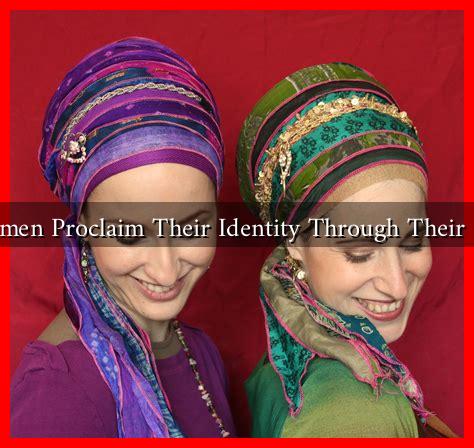-
Table of Contents
How Do Women Proclaim Their Identity Through Their Headscarves?
Headscarves have long been a symbol of cultural, religious, and personal identity for women around the world. From the hijab worn by Muslim women to the colorful scarves of African cultures, these garments serve as more than mere fashion statements; they are powerful expressions of identity, belief, and autonomy. This article explores how women proclaim their identity through their headscarves, examining the cultural significance, personal narratives, and the evolving perceptions surrounding this form of self-expression.
The Cultural Significance of Headscarves
Headscarves are deeply rooted in the cultural and religious practices of various communities. They often symbolize modesty, spirituality, and tradition. Here are some key points regarding their cultural significance:
- Religious Identity: For many Muslim women, wearing a hijab is an expression of their faith and commitment to Islamic principles. It serves as a reminder of their spiritual beliefs and connection to their community.
- Ethnic Heritage: In many African and Middle Eastern cultures, headscarves are integral to traditional attire. They can signify tribal affiliation, social status, or regional identity.
- Political Statements: In some contexts, headscarves have become symbols of resistance against oppression. For instance, during the Iranian Revolution, women wore headscarves as a form of protest against Westernization.
Personal Narratives: Stories Behind the Scarves
Women often have unique stories that inform their choice to wear a headscarf. These narratives can be deeply personal and vary widely based on individual experiences. Here are a few examples:
- Empowerment: Many women view wearing a headscarf as an empowering choice. For instance, a study published in the Journal of Women’s Studies in Education found that women who wear headscarves often feel a sense of agency and control over their bodies.
- Family Tradition: For some, wearing a headscarf is a way to honor family traditions. A young woman might choose to wear her grandmother’s scarf as a way to connect with her heritage.
- Rejection of Stereotypes: Women like Linda Sarsour, a prominent activist, use their headscarves to challenge stereotypes and advocate for social justice, showing that they can be both devout and modern.
Changing Perceptions and Global Context
The perception of headscarves varies significantly across different cultures and regions. In some Western societies, headscarves are often viewed through a lens of misunderstanding or prejudice. However, there is a growing movement to embrace diversity and challenge these stereotypes:
- Fashion Statements: Designers like Dolce & Gabbana and others have incorporated headscarves into their collections, showcasing them as fashionable accessories rather than symbols of oppression.
- Social Media Influence: Platforms like Instagram and TikTok have allowed women to share their headscarf styles and stories, fostering a sense of community and acceptance.
- Legislative Changes: In countries like France, debates over headscarf bans in schools have sparked discussions about religious freedom and women’s rights, highlighting the complexities surrounding this issue.
Conclusion: The Power of Choice
Headscarves are more than just pieces of fabric; they are powerful symbols of identity, culture, and personal choice. Women around the world use headscarves to express their beliefs, honor their heritage, and assert their autonomy. As society continues to evolve, it is crucial to recognize and respect the diverse meanings that headscarves hold for women. By understanding the cultural significance and personal narratives behind these garments, we can foster a more inclusive dialogue that celebrates diversity and empowers women to proclaim their identities in their own unique ways.

